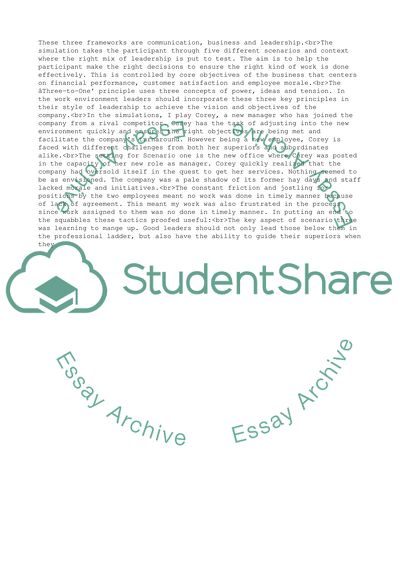Cite this document
(A report about Organisation Behaviour and Leadership Q Essay, n.d.)
A report about Organisation Behaviour and Leadership Q Essay. https://studentshare.org/human-resources/1798053-a-report-about-organisation-behaviour-and-leadership-q
A report about Organisation Behaviour and Leadership Q Essay. https://studentshare.org/human-resources/1798053-a-report-about-organisation-behaviour-and-leadership-q
(A Report about Organisation Behaviour and Leadership Q Essay)
A Report about Organisation Behaviour and Leadership Q Essay. https://studentshare.org/human-resources/1798053-a-report-about-organisation-behaviour-and-leadership-q.
A Report about Organisation Behaviour and Leadership Q Essay. https://studentshare.org/human-resources/1798053-a-report-about-organisation-behaviour-and-leadership-q.
“A Report about Organisation Behaviour and Leadership Q Essay”. https://studentshare.org/human-resources/1798053-a-report-about-organisation-behaviour-and-leadership-q.


